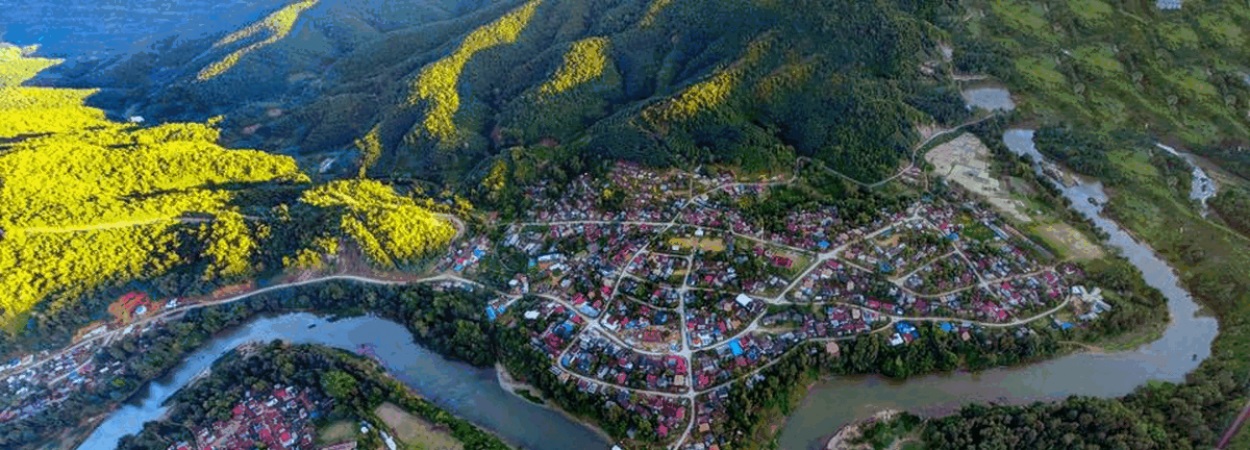Luang Namtha
Luang Namtha is a province of Laos in the country’s north. From 1966 to 1976 it formed, together with Bokeo, the province of Houakhong. Luang Namtha Province covers an area of 9,325 square kilometres (3,600 sq mi). Its provincial capital is Luang Namtha. The province borders Yunnan, China to the north, Oudomxai Province to the east and southeast, Bokeo Province to the southwest, and Shan State, Burma to the northwest.
There are some 20 temples in Muang Sing, including Wat Sing Jai and Wat Namkeo. The anthropological Luang Namtha Museum is in Luang Namtha.
The largest settlement in the northwest of Laos, Luang Namtha is an ideal launching point for excursions to visit the various hill tribes, or ethnic minorities who dress distinctly, practice different customs, and go about the same, day-to-day lives, as they have for centuries. The town suffered extensive damage during the Vietnam War; today, however, Luang Namtha has rebuilt, and positioned itself as the gateway to Laos’ northwest.
Luang Namtha Museum
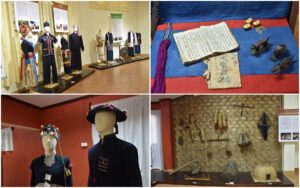
The provincial museum has a variety of artifacts made by Luang Namtha’s multi-ethnic communities. Of particular interest is the extensive collection of indigenous clothing , as well as agricultural tools and household equipment. There is an excellent collection of Buddha images, bronze drums, ceramics and textiles. Also of interest are the traditional hand made weapons that were once used for hunting and national defense.
That Xieng Tung

That Xieng Tung is the most important religious monument in Muang Sing. It is believed locally that the stupa contains the Adam\’s-apple of the Lord Buddha. When the stupa was first constructed is still a mystery. To the left of the stupa is a stone stairway that leads to a sacred fountain and a sacred stone. If you follow the path to the right of the stupa heading downhill you might be able to find the old moat and wall that used to surround the site. The biggest festival of the year, Boun That Xieng Tung, is held here every year during the full moon of the 12th lunar month (usually November) and attracts a large crowd of people from around the province as well as Tai Lue Buddhists from as far top of a hill 5.5 km from the center of town on the road to Luang Namtha.
Opening hours: from 8:00 to 17:00.
Kao Rao Cave
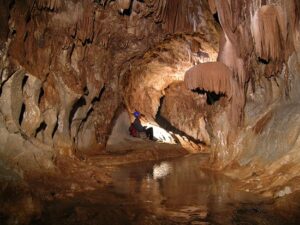
Vieng Phoukha District is surrounded by karst Limestone Mountains that have many interesting and beautiful caves. Formed by centuries of weathering that has gradually carved huge caverns out of the porous limestone, Vieng Phoukha’s caves have some of the most beautiful underground formations in northern Laos. During prehistoric times many of the caves might have been inhabited by people, but today they primarily support nesting swifts and thousands of roosting bats of over a dozen species. Some of the most accessible are the caves near Nam Eng Village (Tham Kao Rao) and the network of caverns at the base of the Phou Prasat limestone formation near Tha Luang Village.
Nam Ha National Protected Area-Luang Namtha-Laos
Nam Dee Waterfall
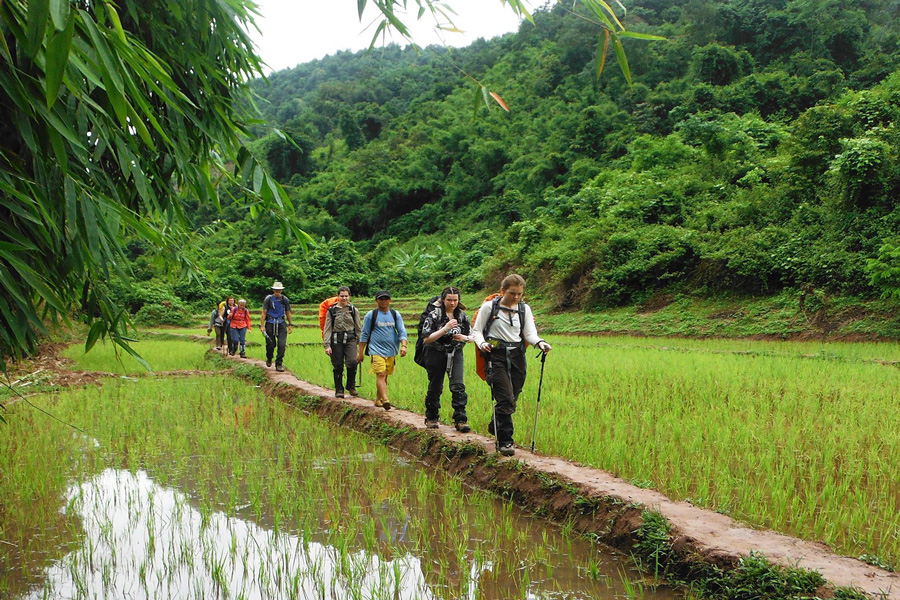
About 6 km northeast of the town centre, the Lao Huay (Lenten) village of Ban Nam Dee (Good water) is a good place to observe the progress of bamboo papermaking. Behind the village you will see the entrance to the Nam Dee Waterfall.
The area around the waterfall offers good facilities, like a small handicraft shop managed by the villagers; toilets and a house for picnics, etc.
Tad Pha Yeung Waterfall
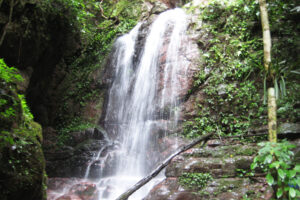
Tad Pha Yeung presents the perfect stop for travellers and cyclers on the road between Luang Namtha and Muang Sing. A 20-minute walk along a river on an easy trail leads to the falls and a pool for a cool swim. The grounds also offer a place to picnic. Tad Pha Yeung is located about 40 km from Luang Namtha Town and 17 km from Sing Town.
Nam Keo Waterfall
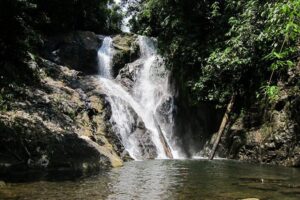
Enjoy a traditional forest picnic prepared by Akha villagers next to the Nam Keo Waterfall, located deep inside the forests of Muang Sing district and 2 kilometer from That Xieng Tung stupa.
Muang Sing Museum
The most significant building is the Muang Sing Museum with it’s unique Tai Leu design. Once the residence of Jao Fa (Prince) Phanya Sekong, more of an economically powerful figure in the area than a prince, now it is privately owned. The collection presents local culture and history.
Open 9-11.30am and 1.30-3.30pm Mondays to Fridays. 5,000kip entrance fee. 5,000kip extra if you would like to watch the Akha film.
Samakkhixay Stupa
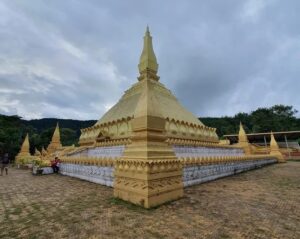
Also known as the Golden Stupa, it is the Luang Namtha’s iconic landmark. It is located on a hill and can be seen from many places around town. The Stupa is a marvellous piece of religious architecture that is both significant and aesthetically beautiful.
Poumpouk Stupa
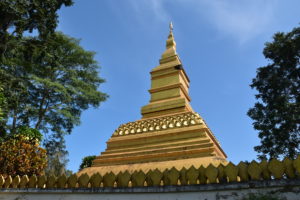
A little way northeast of the valley is the Poumpouk Stupa by Nam Ngaen Village. A stupa was rebuilt in 2003 after the original was destroyed by American war planes. You can still see the ruin of the old stupa by the new one and it dated back to the 17th century.
Phieng Ngam Handicraft Center
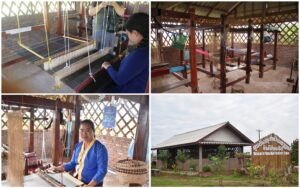
Phieng Ngam Handicraft Center in Luang Namtha Province. The Tai Daeng people of Phieng Ngam Village are renowned for their intricate supplementary weaving and natural dyes. The Center is just on the edge of Luang Namtha town and easily accessible by vehicle or bicycle. It is also part of the Luang Namtha Valley Route, a self-guided route for bicycle or motorbike around Luang Namtha. A great way to see experience Lao culture and meet locals. Come to the Handicraft Centre for shopping, a refreshment or a textile workshop.
